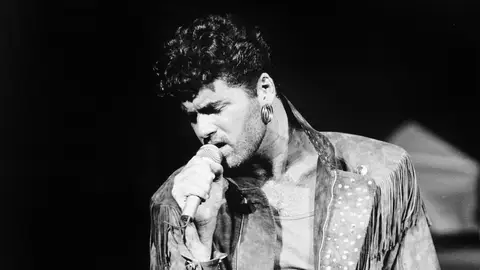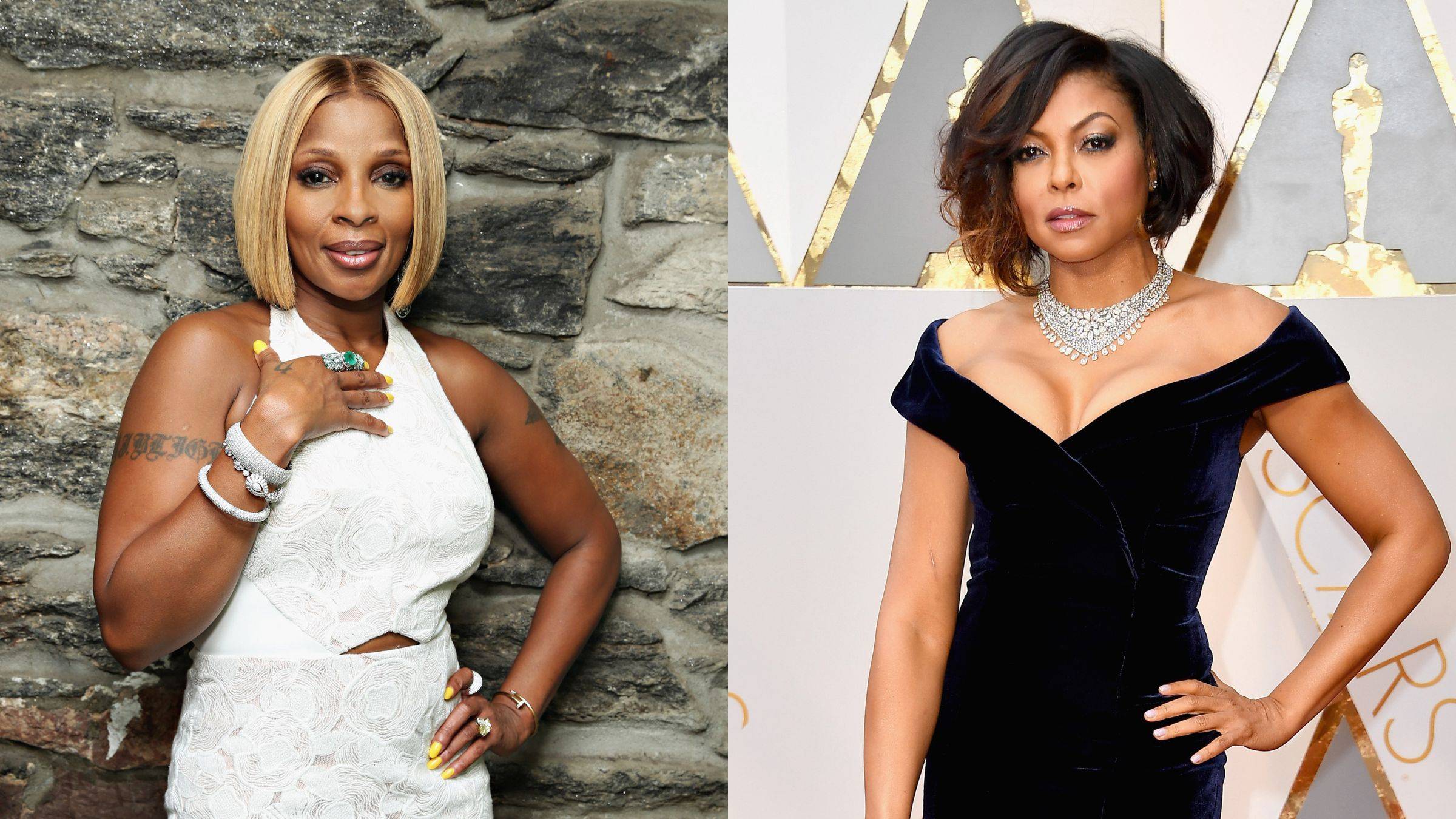How George Michael Blurred the Lines of Black and Blue-Eyed Soul

His name was Stephen.
In the summer of 1984, I was waiting nervously for the beginning of high school. I was two years younger than my classmates, a foot shorter and in desperate need of braces. But what worried me most was seeing Stephen in high school and still being a short kid with unkempt hair and a lisp. Mother nature had a lot of work to do.
The right song can intensify a crush like mine on Stephen. It can make it more painful. Or, in my case, it can do both.
I kept my Sony Walkman on my ears that summer. In June, Prince dropped Purple Rain, a worldwide seismic boom. Purple Rain was kinetic, exciting to the point of frightening. My pre-teen brain could barely process it. It would take a decade before I could fully appreciate the album. It definitely didn’t help me navigate my Stephen crush.
But the following month, a quieter but equally powerful release had me calling my older cousin and asking her to help me find a new song I’d heard.
“Careless Whisper,” released by Wham! featuring George Michael, was a lingering ballad packed with heartbreak and heaven-help-me desperation. Of course nothing about the song reflected my “relationship” with Stephen. It didn’t matter. Like the best heartbreak songs, Michael’s “Careless Whisper” doubles down on the feelings — the circumstances don’t matter.
The one thing I did know: George Michael was Black. Why wouldn’t he be? The song was very George Benson…very Kool & the Gang.
This was a song that I listened to on NYC’s WBLS and 98.7 KissFM in my mom’s station wagon as she ferried my siblings and me back and forth to summer camp. Every Black person I knew — friends, family, neighbors and camp counselors — they all loved the new song. My city was 99.9 percent Black. If we were all singing the song (including my dad!), the artist had to be Black.
Except, as we know, George Michael was a white man from East Finchley, London — the very definition of blue=eyed soul.
Now I know the term “blue-eyed soul” is offensive and always has been. Just as Black-people-heavy metal would be.
But as a kid growing up in the ‘80s and ‘90s, I used the phrase often, as did my parents. If you were white and had an (at least somewhat) authentically Black sound, you wore the label: blue-eyed soul.
Teena Marie. Rick Astley. The Doobie Brothers. And later, artists like Joss Stone, Robin Thicke and Amy Winehouse have all worn the title rather uncomfortably.
The idea of blue-eyed soul is that the singer is co-opting Black culture. And indeed, sometimes that is the case (*cough* Justin Timberlake *cough*). But more often than not, these are vocalists who are not pretending. These are artists who are true to their natural talent and their vocal training.
But there’s a history surrounding white folks and Black music. We are not far removed from the days when Black musicians would see their images removed from their own albums and replaced with white people. We are not far removed from Elvis Presley, The Rolling Stones, Eric Clapton and other white artists outright “borrowing” music from Black culture.
But while speculation of George Michael’s artistry can be understood, he never changed his style in the span of forty years.
And I never thought of him as “blue-eyed soul.” Not ever. The sounds that came out of his mouth were simply sublime, transcending race. And considering my upbringing and my politics, that says a lot.
George Michael just skipped over the part of my brain that parceled race and ethnicity. Part of the reason could be that, while he touched on soul music with no apology, he was widespread and he was just as likely to do a full-on pop song as well as a bluesy ballad like 2014’s “Feeling Good.”
As I continued to follow his music, he showed his true devotion by taking on the most obscure gems. Songs like “They Won’t Go When I Go,” which was on Stevie Wonder’s 1974 album Fulfillingness’ First Finale. He pulled out all the stops for Stevie’s “As,” a duet with Mary J. Blige. Then came the church choir backgrounds on his classic “Father Figure.” He has never stopped setting his own barometer for success.
George Michael was a man who clearly set his own standards for what beautiful music should be. Like dreaming about a crush and how perfect it could be.





